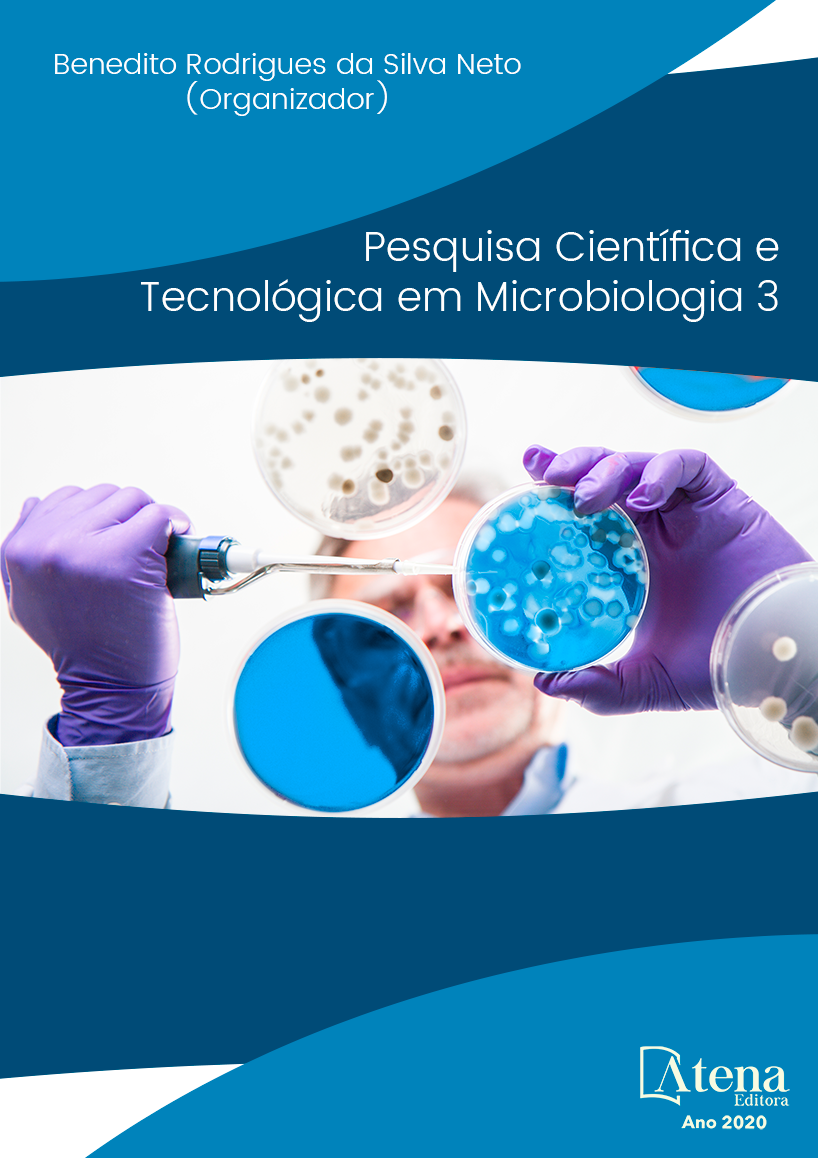
EFEITOS DA CONCENTRAÇÃO SUB-INIBITÓRIA DE ANTIMICROBIANOS EM AMOSTRAS DE Bacteroides fragilis ISOLADAS DE INFECÇÕES INTRA-ABDOMINAIS
A espécie Bacteroides fragilis é um anaeróbio obrigatório frequentemente associado a doenças infecciosas em humanos. Concentrações sub-inibitórias mínimas (Sub-CIMs) de diferentes antimicrobianos podem interferir positiva ou negativamente em sua patogenicidade. Assim, os efeitos da sub-CIM de Piperacilina + tazobactam (PTZ), Metronidazol (MET) e Clindamicina (CLI) nas linhagens de B. fragilis foram avaliados neste estudo. Uma amostra de referência e clínicas foram previamente cultivadas em sub-CIM desses três antimicrobianos, para investigar alterações na morfologia celular e na curva de crescimento; produção de cápsulas, resistência ao peróxido de hidrogênio; formação de biofilme; hidrofobicidade da superfície celular; capacidade de hemaglutinação; e atividade hemolítica. Sub-CIM de MET e CLI acarretaram atrasos significativos na fase log de crescimento de todas as amostras testadas. As sub-MICs de PTZ e MET causaram alterações na morfologia celular. No geral, as sub-MICs dos três antimicrobianos diminuiram a resistência das amostras ao peróxido de hidrogênio. Todas as bactérias testadas apresentaram hemólise em todos os grupos sanguíneos, exceto uma amostra clínica, cultivada em sub-CIM dos três antimicrobianos, testada com sangue de ovelha. As alterações na patogenicidade apontam para prováveis riscos de uma terapia antimicrobiana inadequada, podendo induzir diferentes interações entre o hospedeiro e a bactéria, além de afetar o diagnóstico e o tratamento de doenças infecciosas causadas por B. fragilis.
EFEITOS DA CONCENTRAÇÃO SUB-INIBITÓRIA DE ANTIMICROBIANOS EM AMOSTRAS DE Bacteroides fragilis ISOLADAS DE INFECÇÕES INTRA-ABDOMINAIS
-
DOI: 10.22533/at.ed.4352001076
-
Palavras-chave: Bacteroides fragilis, patogenicidade, concentrações sub-inibitórias de antimicrobianos.
-
Keywords: Bacteroides fragilis, pathogenicity, antimicrobial subinhibitory concentrations.
-
Abstract:
Bacteroides fragilis is the obligate anaerobe most frequently associated with infectious diseases in humans. Sub-minimal inhibitory concentrations (Sub-MICs) of different antimicrobials are potentially capable of interfering positively or negatively with microbial pathogenicity. Thus, the effects of sub-MIC of Piperacillin+tazobactam (PTZ), Metronidazole (MET) and Clindamycin (CLI) on strains of B. fragilis strains were evaluated in this study. One reference and two clinical strains were previously cultured in sub-MIC of these three antimicrobials to investigate alterations in cell morphology, grown curve, capsule production, resistance to hydrogen peroxide, biofilm formation, cell surface hydrophobicity, hemagglutination ability, and hemolytic activity. Sub-MICs of both MET and CLI led to significant delays in the log growth phase of the all strains. Sub-MICs of both PTZ and MET caused changes in cell morphology. Overall, sub-MIC of the three antimicrobials decreased resistance to the hydrogen peroxide in all strains. All strains showed haemolysis in all blood types tested, except for one clinical strain cultured with sub-MICs of the three antimicrobials in sheep's blood. Therefore, sub-MICs of antimicrobials suggest being able to alter bacterial physiological patters, which reflect on their pathogenicity and may affect the diagnosis and treatment of infectious diseases caused by B. fragilis.
-
Número de páginas: 23
- Marcela Abreu Menezes
- Priscila Simão Costa
- João Paulo Amaral Haddad
- Cristina Dutra Vieira
- Luiz de Macêdo Farias
- Simone Gonçalves dos Santos


